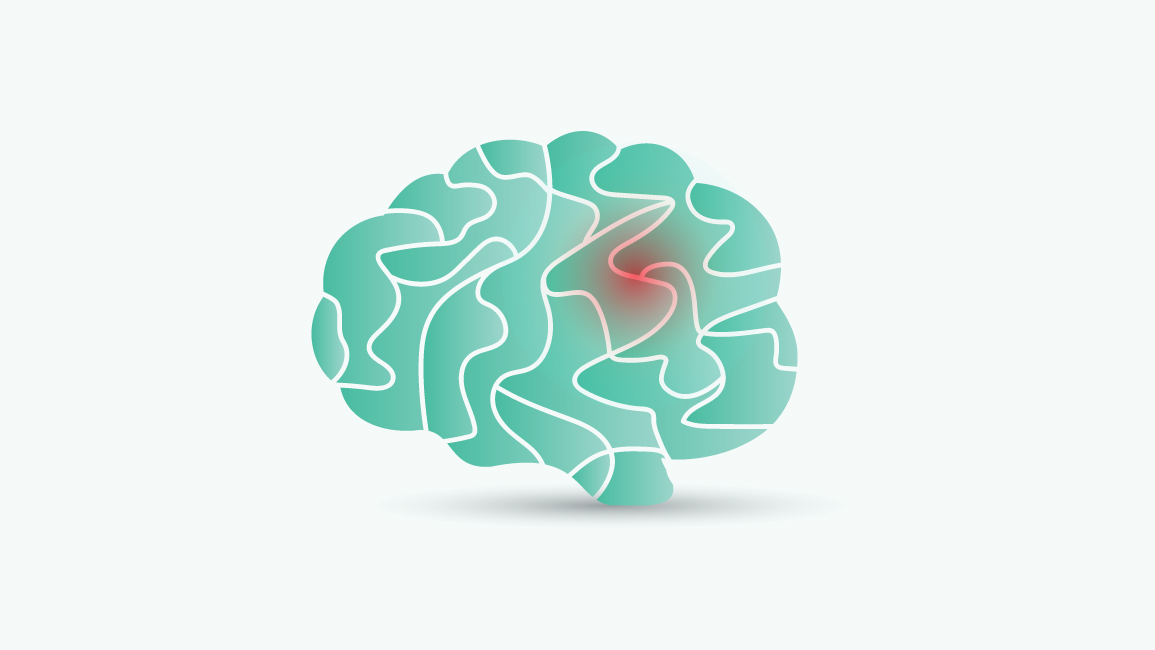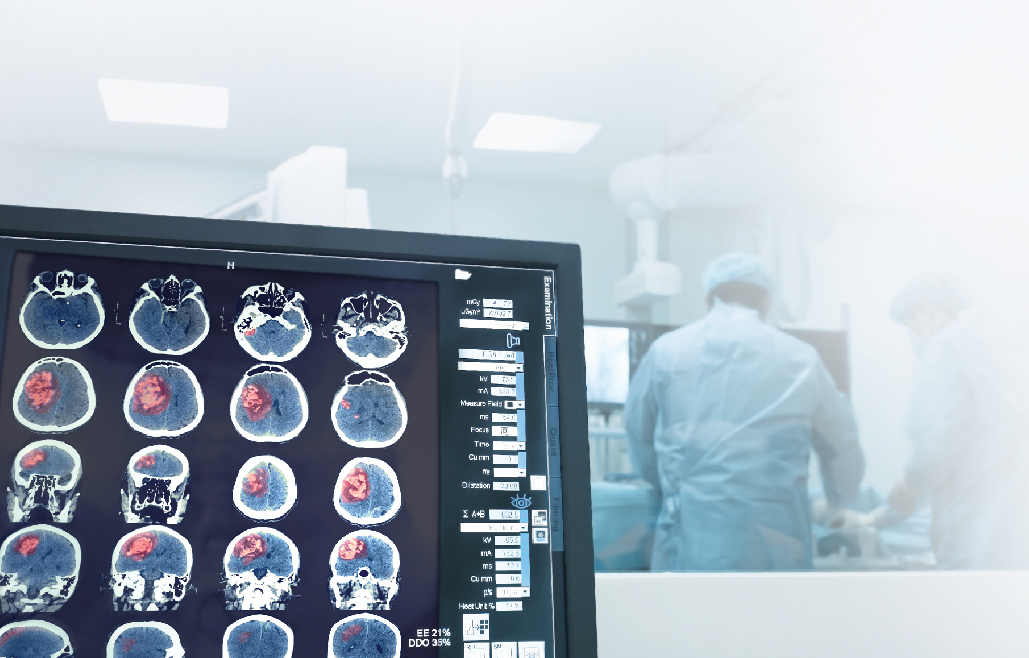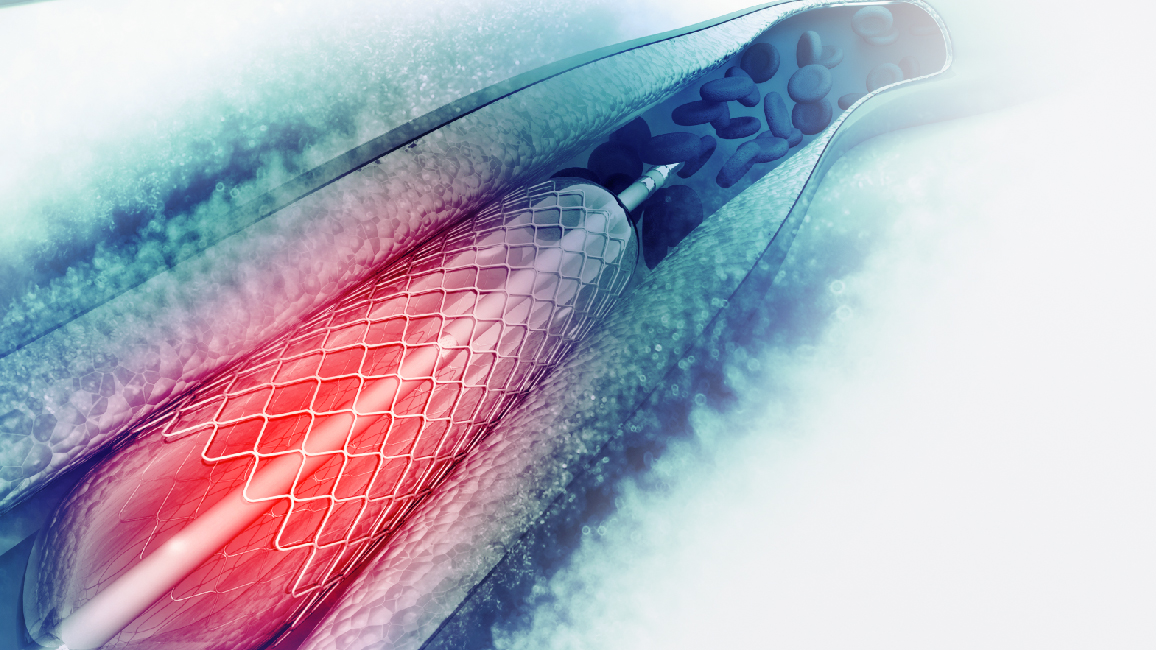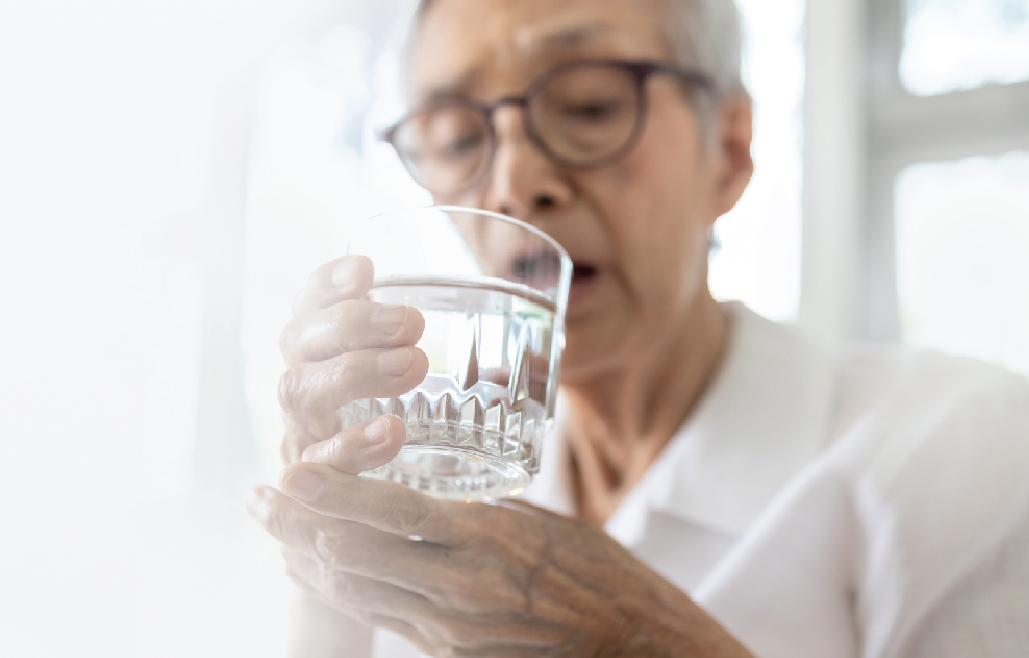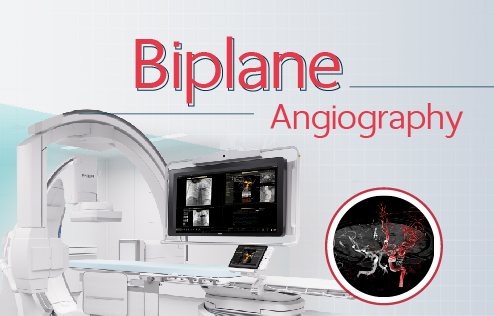Cerebrovascular disease is a dangerous constricted blood vessel in the brain
Center : Neurology Center
 ตีบ ตัน แตก อันตรายEN_text.jpg)
Stroke is a condition in which blood and oxygen to the brain are unable to circulate to the brain because of the blockage of blood vessels, resulting in a lack of oxygen to the brain, without timely treatment, brain cells will gradually die.
Two types of Stroke:
- Ischemic stroke
- most common type of stroke wherein blood flow to the brain is blocked, blood and oxygen cannot pass through
- Hemorrhagic stroke (hemorrhagic stroke)
- Causing blood to bleed into the brain (intracerebral hemorrhage)
- Or the cortex (subarachnoid hemorrhage)
What are the symptoms of Cerebrovascular disease?
- Drooping on one side of the face, slurred speech, blurry vision, blindness
- Face weakness such as wry mouth or numbness in the face
- slurred speech
- poor eyesight or blurred vision
- Has a severe headache
- There is a rapid change in the level of sensation, disorientation
- Have dizziness, spinning surroundings
- Has difficulty walking, difficulty walking, and sudden poor balance
Risk factors for stroke
Cerebrovascular disease It can be caused by several risk factors. Both factors that we can control and cannot control
Risk factors that cannot be controlled include:
- Age, the risk increases with age.
- Males are more likely to have ischemic stroke than women.
- Certain ethnicity
Risk factors that can be controlled include:
- High blood pressure, diabetes, hyperlipidemia, and heart disease.
- Some blood diseases, such as abnormal blood clots High blood platelets Abnormally high white blood cells
- Including heart attacks and certain types of arrhythmias
- Obesity and snoring
- Smoking and drinking alcohol Drug use Or some stimulants
- Lack of regular exercise And have a stressful state
Cerebrovascular disease diagnosis
- Taking the patient's history of symptoms
- Initial physical examination
- Laboratory tests include brain computed tomography (CT scan brain) or magnetic resonance imaging (MRI brain) scan
Cerebrovascular disease treatment
Timely treatment of cerebrovascular disease with the diet of each patient This will reduce the incidence of paralysis, paralysis, and other complications, which doctors will consider appropriate treatment for the severity of the disease, including:
- Treatment by intravenous thrombolytic therapy (IV rt-PA)
- Treatment by removing the blood clot from the brain (Mechanical Thrombectomy)
- Surgery
Cerebrovascular disease treatment
Cerebrovascular disease is the second leading cause of death in Thais after cancer. In addition to regular health checks Taking care of your health can help prevent stroke.
- Eat healthier foods such as fruits, vegetables, or fiber-rich foods.
- Cut down on salty foods High cholesterol diet Foods high in starch and sugar
- Exercise at least 30 minutes a day, at least 5 days a week.
- If you have high blood pressure Should be monitored at regular intervals and treated regularly.
- Stop smoking Avoid drinking alcohol And always follow the doctor's advice
Online Consultation
Free of Charge
Article of Neurology Center

